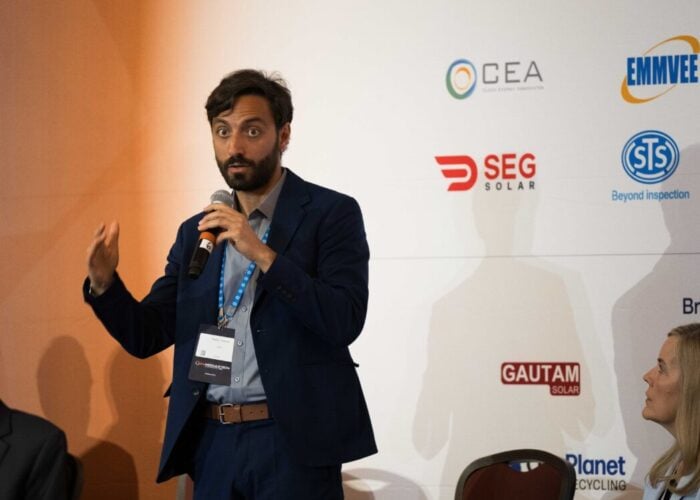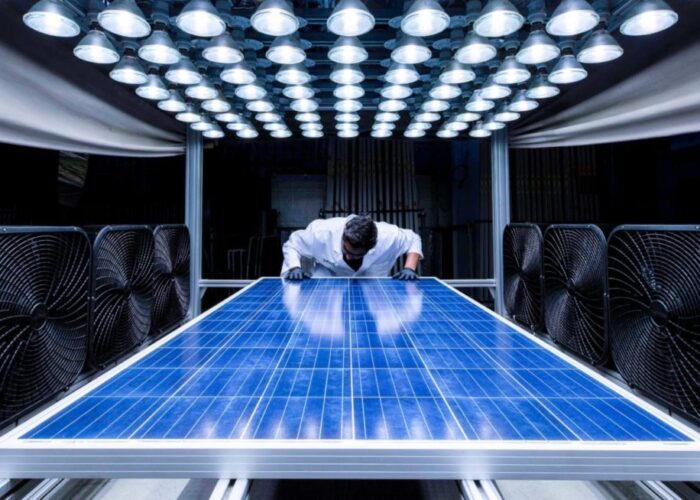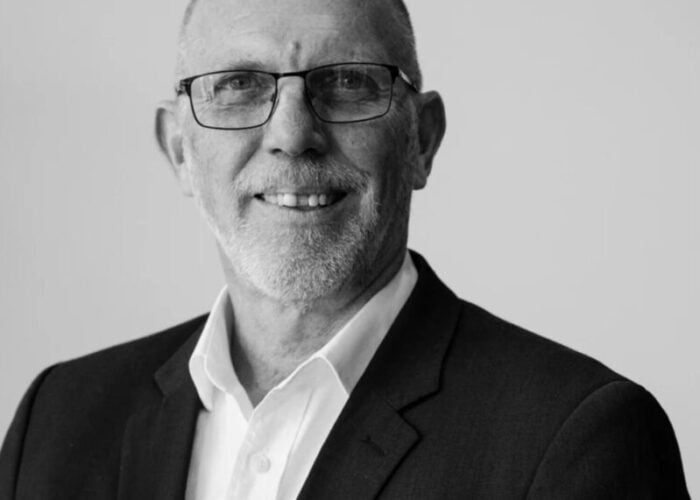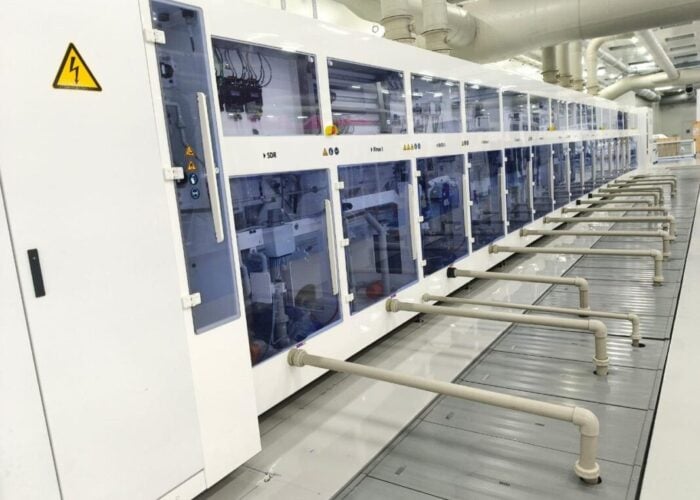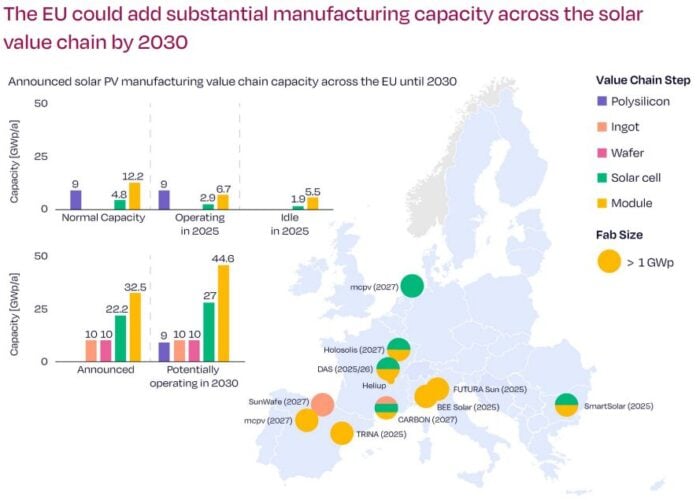
Every new iteration of Kiwa PV Evolution Labs’ (PVEL) Module Reliability Scorecard comes with its share of positive and negative news. On the positive front, for example, 50 manufacturers have been named as “Top Performers” in the 2025 edition of the scorecard in at least one category.
Another positive, says Tristan Erion-Lorico, VP of sales and marketing at Kiwa PVEL, is that the scorecard remains a dynamic and evolving resource, with 15 manufacturers not making the list this year and seven newcomers appearing for the first time. The report keeps attracting more international players and readers, says Erion-Lorico, as more global manufacturers submit their modules for testing in Kiwa PVEL’s Product Qualification Program (PQP).
Try Premium for just $1
- Full premium access for the first month at only $1
- Converts to an annual rate after 30 days unless cancelled
- Cancel anytime during the trial period
Premium Benefits
- Expert industry analysis and interviews
- Digital access to PV Tech Power journal
- Exclusive event discounts
Or get the full Premium subscription right away
Or continue reading this article for free
“It was really last year where it became more global”, he explains. “We found lots of manufacturers who were doing our testing, and were top performers that had not been in the scorecard before, and crucially, did not sell modules into the US market. We’ve had people from 170 different countries reading the scorecard. It’s very much a global resource.”
Test failures on the rise
On the negative front, meanwhile, and as covered today on PV Tech, the percentage of module manufacturers having at least one test failure also keeps increasing. This year, a record 83% have had at least one test failure, while 59% have had one or more failures in their bill of materials (BOMs).
Reflecting on what could explain the proportion of module manufacturers recording at least one test failure increasing from from 60% in 2024 to 83% in 2025, Erion-Lorico says: “If I was to speculate on the root cause, it’s that modules are now sold at a loss, basically outside of the US and maybe India, because those have very protectionist measures.”
It is no secret that the solar manufacturing industry is currently experiencing a downturn and is expected to continue until 2026, with every major Chinese manufacturers reporting losses in the first quarter of 2025.
This has also affected the price of the main components to build modules, including polysilicon and wafers, which have recently continued to decline despite already being very low.
“They’re going to thinner encapsulants. They’re probably trying to laminate quicker. The due process changes are made to have higher throughput, to try to limit the amount of money being lost.
“These nine-cent modules, eight-cent modules, the assumption is that those modules are still reliable and they’ll last the warranty period. But we’re seeing that manufacturers have tried to remove materials, remove costs from those modules, to cut their losses, and that presents reliability risks. I think it’s more about that than something inherent in TOPCon or n-type versus p-type”, says Erion-Lorico.
Module breakage and delamination rising
One of these cost-cutting issues that could potentially be associated with an increase in test failures is the mechanical stress sequence (MSS), which recorded a noteable increase in module breakage.
“We’re seeing that more than we have previously,” says Erion-Lorico. Indeed, Kiwa PVEL’s 2025 results highlight that 20% of BOMs have experienced one or more failures during the mechanical load testing, which is up from the 7% registered in the past couple of years. The positive side of this, as Erion-Lorico explains, is that the ones who do pass the test do quite well, with 94% of BOMs having less than 2% power loss.
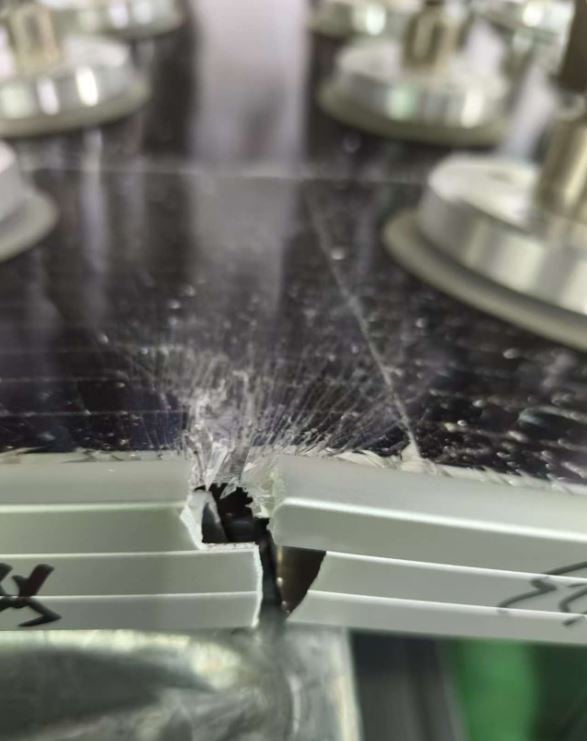
“That means that glass-glass modules and multi-busbar modules are not experiencing cell cracking that would lead to power loss. If we go back 10 years, the range of results and the power loss were much higher from this test over time. That’s really tightened up, where almost all of them are less than 2%. If your module doesn’t break, you’re almost guaranteed to be a top performer in this test. The problem is that 20% of the modules do break.”
For Erion-Lorico this is an issue that was raised a few years ago across the wider PV lab community and technical advisory community, and how this relates back to cost cutting measures. “This manufacturer could probably have used a thicker aluminium, or an aluminium alloy with higher strength, or perhaps a steel frame.”
Erion-Lorico mentions that if these modules were mounted on fixed tilt, they probably would have done fine, but when installed on trackers, this changes things and they are more likely to break, either the frame first and then the glass, or the other way around.
“Stronger frames are necessary,” says Erion-Lorico, adding: “It’s likely that those broke due to various cost-cutting measures related to both the glass quality and the frame quality.”
‘You can’t take things for granted as much as you could for PERC’
There are examples of test failures that are not associated with a certain technology but more with the type of product being used and how. Such is the case with delamination.
“Having these bubbles here creates an electrical safety issue, and we’re seeing those types of delaminations on more manufacturers than we have in the past, and that’s related to their lamination recipe, and what encapsulant they’re using, and the thickness of encapsulant. It doesn’t matter if this is a PERC cell or a TOPCon cell or an HJT cell; it’s really what encapsulant they’re using. And again, trying to save one or two pennies per module, not per watt.”
Even the smallest change to the bill of materials (BOMs), such as the encapsulant, was something Erion-Lorico spoke about with PV Tech back in 2022. At the time, he explained how changing the encapsulant could have very different damp heat results for instance.
“That’s even more the case. It’s more of a TOPCon and HJT issue than it was PERC,” explains Erion-Lorico, adding: “You can’t take things for granted as much as you could for PERC and manufacturers that are doing their due diligence on the bill of materials combinations, they make excellent modules.”
He adds that for purchasers, vetting the BOMs and making sure that what they are buying will meet their reliability requirements is more important than it has ever been.
Positive: improvements in PID and PAN results
Despite some results worsening, some results have improved and are doing better this year, such as potential induced degradation (PID) and PAN tests, while power loss from mechanical stress sequence (MSS), hail stress sequence (HSS), LID and LETID is minimal, says Erion-Lorico.
“Some improvement for PAN means module energy yields have gotten better over time. It’s not just that the power of modules is getting bigger … but also the energy yield from those modules has increased. And we normalised that energy yield to the nameplate power,” explains Erion-Lorico, adding:
“It’s not that they’re producing more energy just because they’re higher power, but they’re higher power and they’re producing relatively more energy based on the power class. If we were going to applaud the industry, that would be something we’d lead with.”
Tristan Erion-Lorico will be a speaker at this year’s fourth edition of PV ModuleTech US in Napa, California, on 17-18 June 2025. The conference will address the module landscape and map out the PV module supply channels to the US in the coming years. More information, including how to attend, can be read here.


